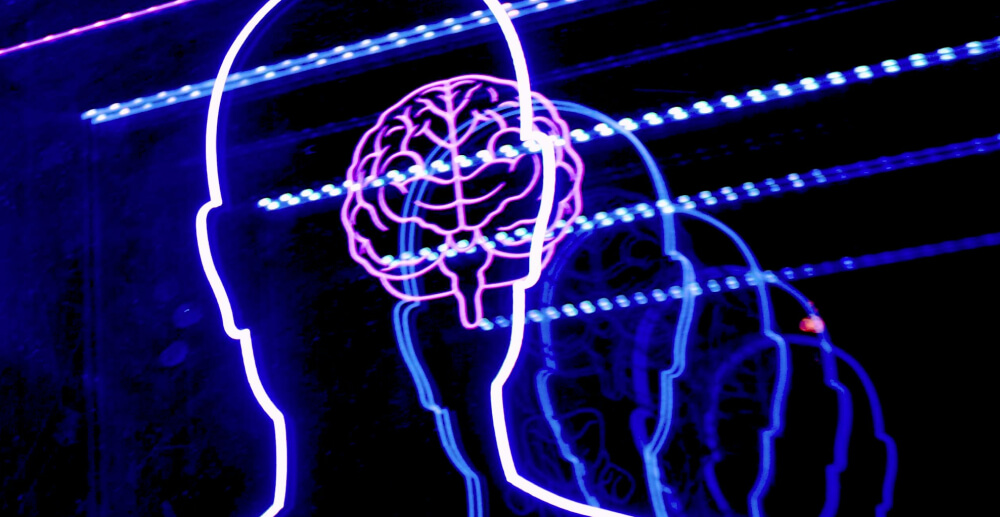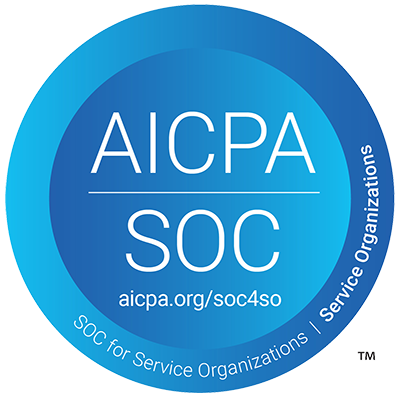In 2022, 81,806 Americans lost their lives to opioid-related deaths. Data from the Centers for Disease Control and Prevention shows that of the 4% of U.S. adults needing treatment for opioid use disorder, only 25 percent received it, highlighting significant disparities in access to care. These deaths were preventable. Opioid use disorder is a treatable condition with evidence-based approaches, such as medication-assisted treatment.
Unfortunately, misinformation has led some to believe that medications like Suboxone merely substitute one substance for another. We see this myth (“Suboxone is just legal heroin.” “Buprenorphine is just as bad as other opioids.”) repeated over and over again in response to posts and discussions about addiction treatment. And to be very clear, it is wrong. This blog aims to debunk that myth and provide factual information about the role of medications in treating opioid use disorder and their effectiveness.
What is Suboxone, and how does it work?
Suboxone is an evidence-based medication that contains buprenorphine (a partial opioid agonist) and naloxone (an opioid antagonist). Buprenorphine was approved by the Food and Drug Administration in 2022 as a safe and effective form of medication-assisted treatment. When used alongside counseling and behavioral therapies, buprenorphine represents a whole-patient approach to opioid use disorders.
Buprenorphine is the active ingredient in Suboxone. This medication acts as a partial opioid agonist, meaning it binds to the brain’s opioid receptors but only partially activates them, thus limiting its effects compared to full opioid agonists like heroin or morphine. Consequently, buprenorphine reduces dependency effects, such as withdrawal symptoms and cravings, allowing individuals with opioid use disorder to lead safer, more functional lives. Naloxone, on the other hand, is an opioid antagonist that blocks the effects of opioids and helps prevent the misuse of Suboxone.
Suboxone, along with other medication-assisted recovery options, is a safe and effective way to treat opioid use disorder. However, lack of access to treatment, stigma, and misinformation prevent nearly 75 percent of people from getting the treatment they need.
Is Suboxone “legal heroin”?
No, Suboxone is absolutely not “legal heroin.” Heroin is an illegal, highly addictive, and harmful substance used for its euphoric effects. It has no approved medical use in the US.
Suboxone is an FDA-approved medication that is used to treat opioid use disorder. It is a partial opioid agonist, which means it only partially activates the opioid receptors in the brain. This lets it relieve withdrawal symptoms and cravings, normalize brain chemistry, and allow bodily functions to recover. While Suboxone may produce some euphoric effects (particularly in people who have not developed a tolerance for opioids), they are significantly less than a full opioid agonist, like heroin. It blocks the effects of other opioids, giving it a low potential for misuse and reducing the risk of relapse.
One common reason that Suboxone is touted as being the same as the opioids often misused is that people can develop physical dependence. This means that stopping it abruptly would cause withdrawal symptoms. But physical dependence is common with many medications, from antidepressants to caffeine. Dependence is not the same as the obsessive ways that people with addiction use substances despite negative consequences.
The belief that Suboxone is “replacing one substance for another” or is “legal heroin” is a common myth held by the public and some people within the recovery community. There is a long-held belief that recovery means remaining abstinent from all substances, including medication.
This rhetoric is harmful. It has prevented people from life-saving treatment and doesn’t reflect the reality of how people recover. A leading study, as highlighted by the Recovery Research Institute, showed that around half of the US Americans who resolved an alcohol or drug problem did so without any formal treatment. The other half do so with substance use disorder treatment, mutual aid programs, recovery support services, and medication-assisted treatment.
Without challenging this misinformation, we risk preventing access to a life-saving and effective treatment.
How effective is medication-assisted treatment?
According to the National Institute on Drug Abuse, there is “abundant evidence” that medications like Suboxone:
- Reduce opioid use.
- Relieve opioid use disorder symptoms.
- Lower the risk of infectious disease transmission, like HIV and HCV.
- Reduce the criminal justice involvement associated with drug use.
- Increase the likelihood that a person will remain in treatment.
- Reduce the risk of mortality.
- Improve employment opportunities.
As with any medication, there is a risk of side effects. Individuals seeking treatment for opioid use should do so under the advice and consultation of a trained medication professional.








